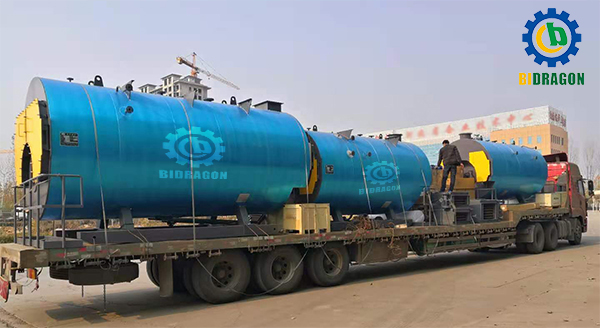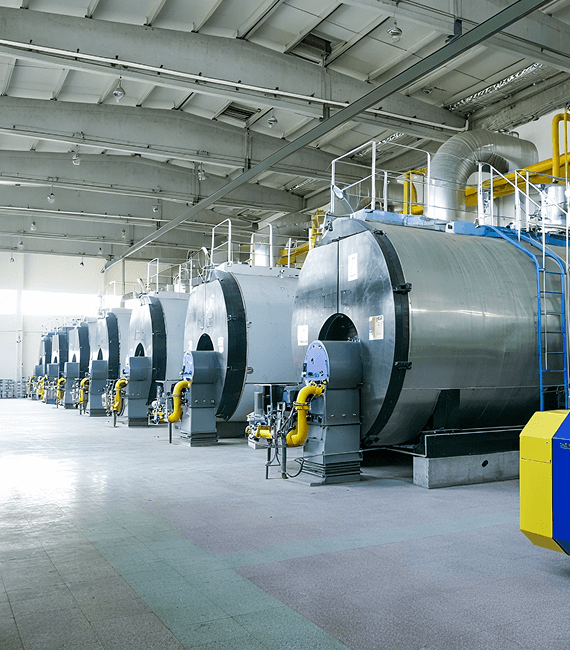
During the operation of the steam boiler, the water quality is regularly checked to ensure the quality of the steam, and sewage is often discharged. So, why do steam boilers discharge sewage? How to calculate the boiler blowdown rate?
1. Reasons for Blowdown of Steam Boilers
The feed water entering the drum always contains a certain amount of salt. After the pot is chemically treated, the scaling substances in the pot water will be converted into water slag. In addition, some corrosion products are also produced when pot water corrodes metals. Therefore, various soluble and insoluble impurities exist in boiler water. During the operation of the boiler, only a small part of these impurities are carried away by the steam, and most of them remain in the boiler water. As the boiler water continues to evaporate, the concentration of these impurities gradually increases. Excessive concentration of impurities in boiler water will not only affect the quality of steam, but also cause scaling and corrosion of the heating surface, affecting the safe operation of the boiler. In order to control the quality of boiler water, boiler blowdown must be carried out, part of the boiler water contaminated by salt and water slag must be discharged, and clean feed water should be replenished.
2. How to Calculate The Boiler Blowdown Rate
The blowdown rate refers to the ratio of the boiler's continuous blowdown flow to the actual evaporation.
Blowdown rate = continuous blowdown flow during the calculation period (t) / actual boiler evaporation during the calculation period (t)
During the operation of the boiler, the boiler water containing more salt and water slag is discharged to the outside of the boiler as boiler blowdown. Boiler blowdown is divided into regular blowdown and continuous blowdown. The inlet of the continuous sewage pipe is installed below the water surface of the steam drum, and is arranged along the whole length of the steam drum to discharge part of the boiler water continuously and uninterruptedly. The conventional blowdown outlet is located at the lowest part of the boiler, and there is a large amount of precipitated water and slag. Most of it is discharged from the lower header of the water wall, and it is discharged at regular intervals, mainly to discharge the water slag precipitated by the boiler water.


